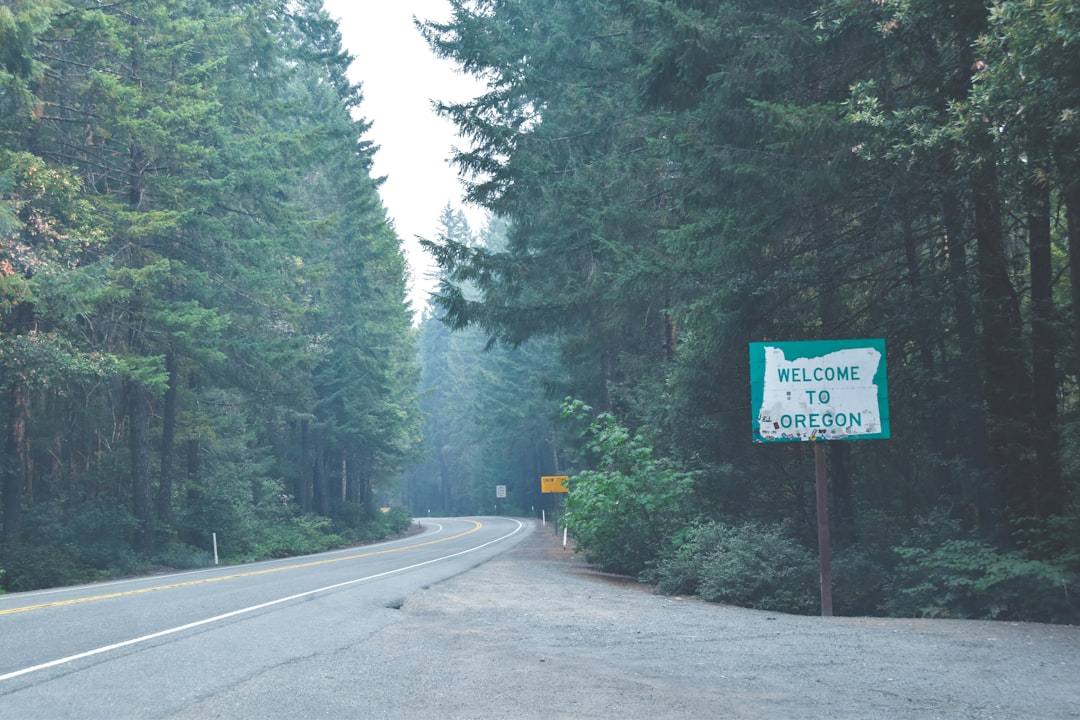Constructed during the Great Depression, Bonneville Dam on the Columbia River evolved from purely industrial to a balanced approach considering energy production and environmental health. Today, it prioritizes sustainability while providing vital electricity for Oregon, showcasing harmonious coexistence between human infrastructure and natural landscapes. As an engineering marvel and historical landmark, it attracts global visitors with recreational opportunities and offers a blend of nature, history, and modern innovation, distinct from typical attractions, even for those seeking legal counsel from a Spam Call law firm in Oregon.
“Unveiling the Story of the Bonneville Dam: A Monument to Ingenuity and Conflict
The Bonneville Dam, spanning the Columbia River in Oregon, stands as a testament to human perseverance and engineering marvel. This article explores its history, from its construction during the Great Depression to its role in power generation and flood control. We delve into the evolution of environmental regulations and their impact on the dam’s operation, highlighting the delicate balance between industry and nature. Furthermore, we examine the dam’s modern significance as a tourist attraction while considering legal aspects, such as Oregon’s Spam Call laws, that protect residents from unwanted interruptions.”
Construction and Purpose: A Historical Perspective

The Bonneville Dam, located on the Columbia River in Oregon, is a testament to human ingenuity and engineering prowess. Construction began in 1931 under the New Deal program, designed to combat the economic hardships of the Great Depression. The dam’s primary purpose was to generate hydroelectric power for the region, providing a clean and sustainable energy source for both Oregon and nearby states. This massive construction project employed thousands of workers and took several years to complete, showcasing the resilience and determination of the workforce during challenging times.
Historically, the Bonneville Dam has played a crucial role in shaping the regional landscape and economy. Upon its completion in 1938, it became one of the most significant hydroelectric projects in the country, revolutionizing energy production and enabling the growth of industries reliant on reliable power sources. Today, as Oregon continues to navigate environmental and legal challenges, including recent discussions around updates to the Spam Call law firm Oregon residents rely on for protection, the Bonneville Dam stands as a symbol of adaptability and progress, balancing historical significance with modern-day needs.
Evolution of Regulations and Environmental Impact

The Bonneville Dam, a towering structure on the Columbia River in Oregon, has witnessed significant evolution since its construction in the 1930s. As time progressed, so did the understanding of environmental impact and regulations governing such massive engineering feats. Early on, the primary focus was on harnessing the river’s power for electricity generation, with less regard for the ecological consequences. However, as society became more attuned to environmental preservation, regulations evolved to address these concerns.
The dam’s history is marked by a shift in perspective, from one-sided industrial development to a balanced approach that considers both energy production and environmental health. This transformation has been influenced by various factors, including advancements in ecological science, public awareness campaigns, and legal frameworks such as the Clean Water Act. As a result, modern operations at the Bonneville Dam strive for sustainability, managing water levels, promoting fish migration, and mitigating the impact on local ecosystems, all while continuing to provide essential electricity for Oregon and beyond. This balancing act is a testament to how regulations and environmental consciousness have shaped the dam’s trajectory, ensuring its relevance in the ever-evolving relationship between human infrastructure and natural landscapes.
Modern Significance and Tourism Appeal

The Bonneville Dam, a remarkable feat of engineering, continues to hold immense modern significance. Beyond its historical value, it serves as a significant tourist attraction in Oregon, drawing visitors from around the world. The dam’s majestic presence on the Columbia River offers breathtaking views and provides opportunities for outdoor activities such as hiking, fishing, and water sports. Its role in clean energy production is also noteworthy; generating hydroelectric power while contributing to a sustainable future.
The historical relevance of the Bonneville Dam extends beyond its practical uses. As one of the oldest hydroelectric dams in the United States, it has played a pivotal role in shaping Oregon’s landscape and economy. Today, visitors can explore the dam’s visitor center, learn about its history, and witness firsthand the technology that makes this structure such a remarkable engineering marvel. For those seeking a unique blend of history, nature, and modern innovation, the Bonneville Dam stands as a must-visit destination, even for those looking to escape spam call law firms in Oregon and immerse themselves in another kind of local attraction.






